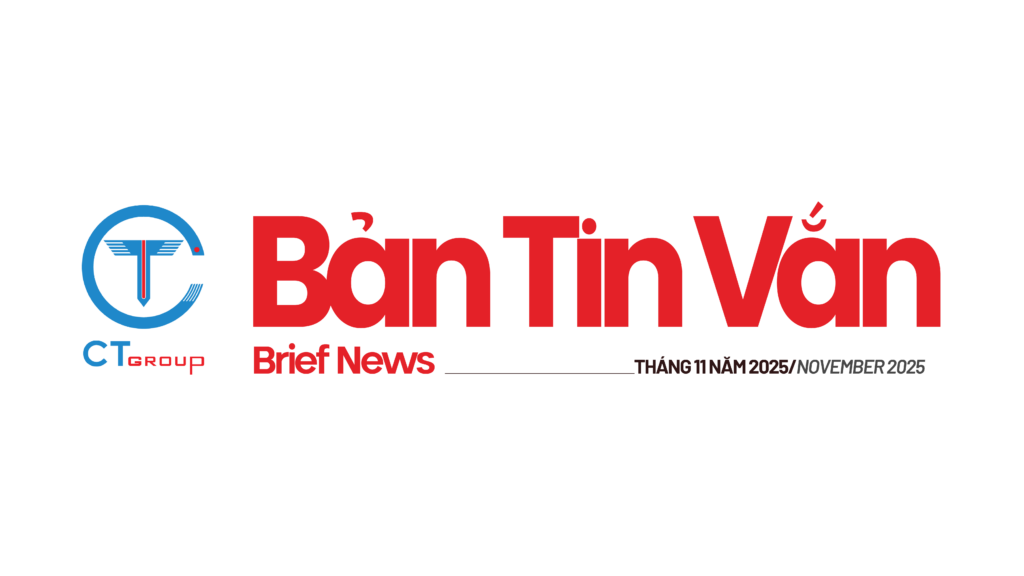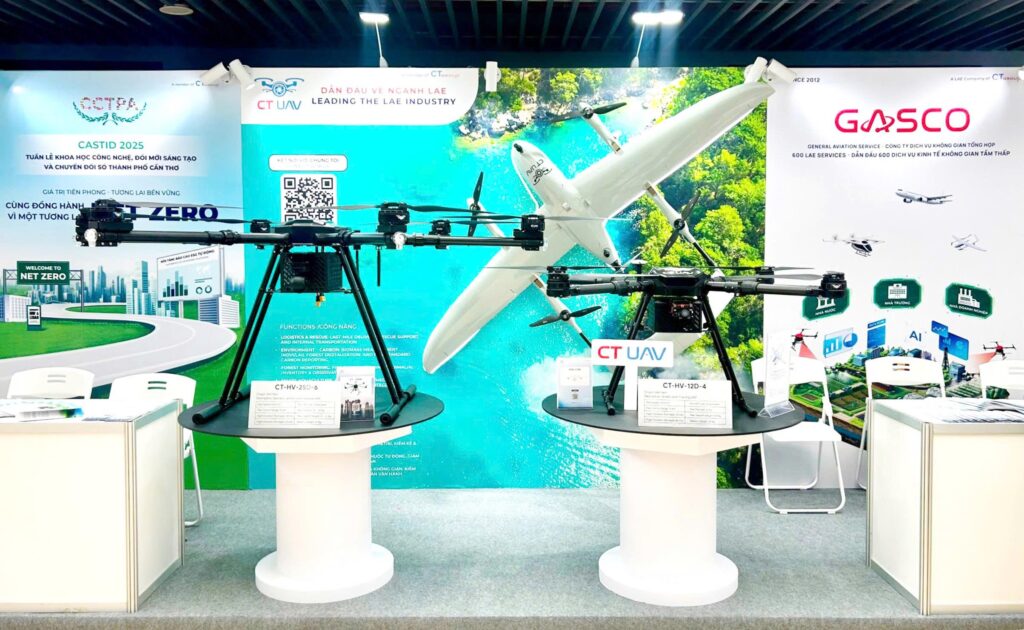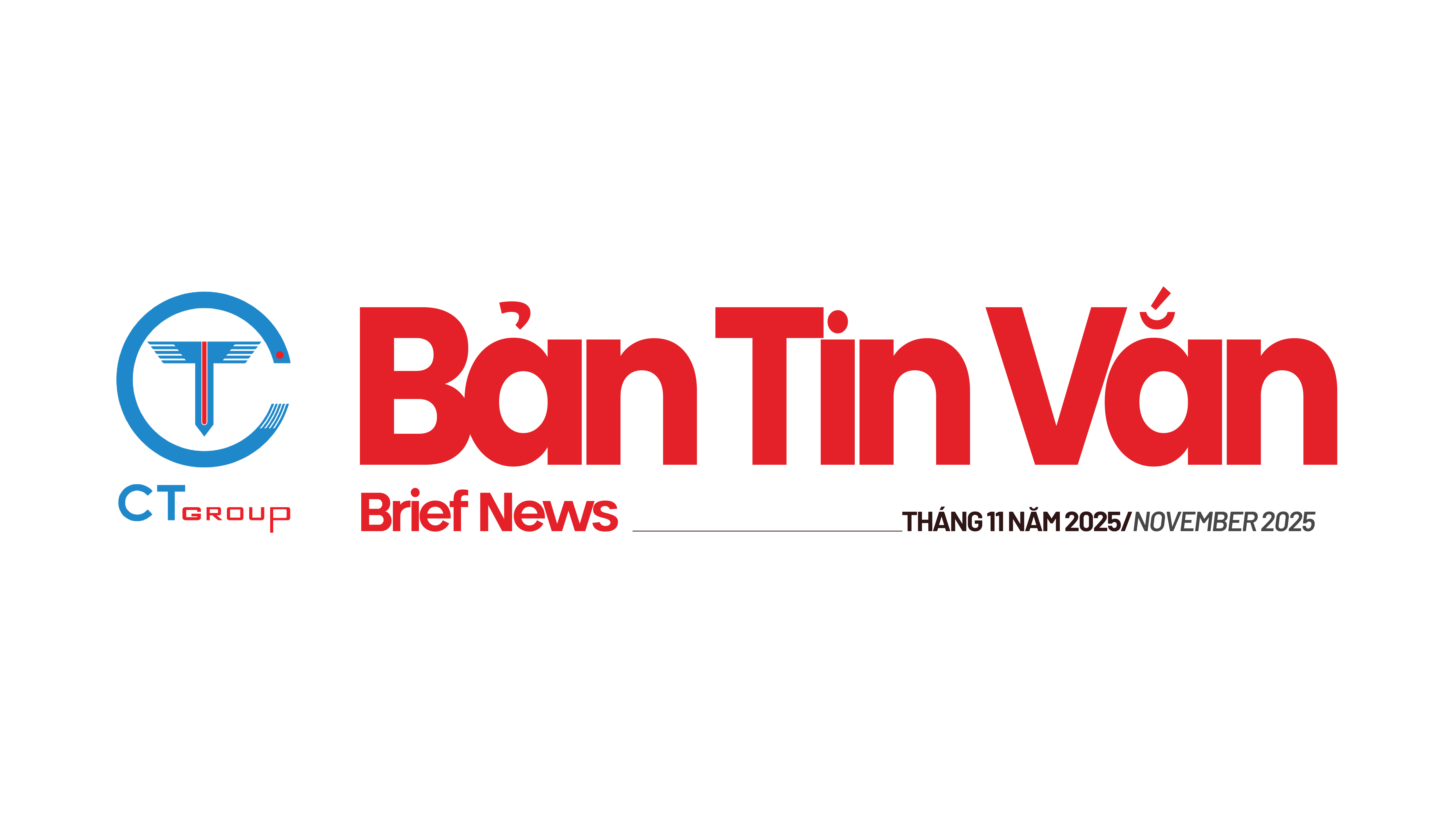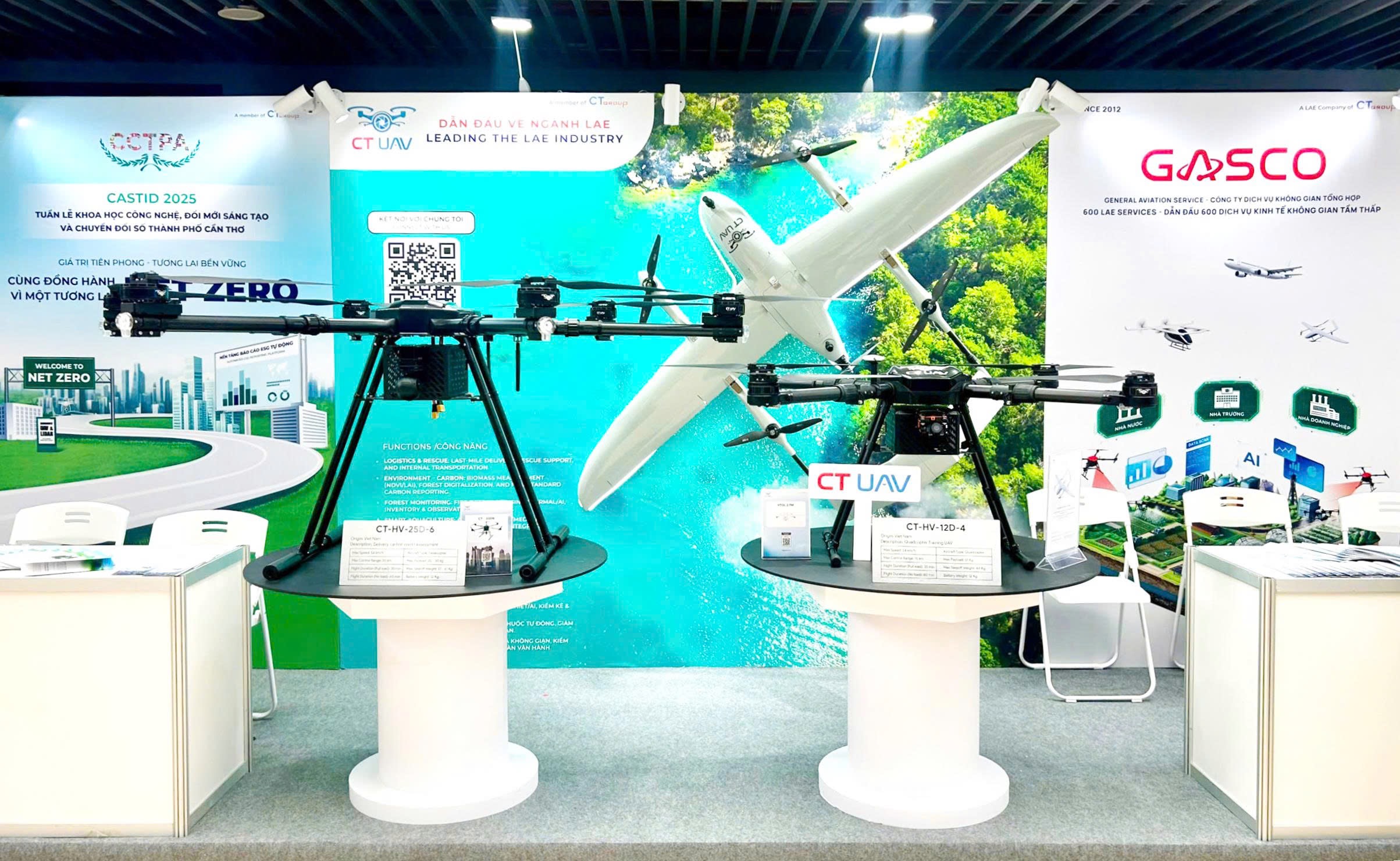Today, chips are not only a technology product but a matter of national sovereignty. With a focused strategy and long-term investment, Vietnam can take control of key segments, safeguard technological security, and enhance its position in the global value chain.

Overview of the panel discussion
Mastering core technologies across design, manufacturing and commercialization.
At the conference “Ensuring Security and Technological Autonomy in Vietnam’s Chip Production during the National Digital Transformation.” recently held in Hanoi, Mr. Trần Kim Chung, Chairman of CT Group a company that has expanded its Vietnamese-owned and operated chip factory with the goal of producing 100 million chips annually by 2027) emphasized that Vietnam is undergoing a digital transformation at unprecedented speed, and therefore needs a higher vision.
That vision, he stressed, is to master the core technologies from chip design and manufacturing to commercialization, creating Made by Vietnam products serving people’s livelihood, defense, and security, while competing on equal footing in the global market.
Above all, Vietnam must build an independent, sovereign, and strong semiconductor industry as the foundation for high technology and national autonomy. Only then can the country truly become Southeast Asia’s new semiconductor hub, both serving domestic needs and supplying the world.
Colonel, Dr. Lê Hải Triều, Director of the Institute of Professional Electronic Engineering, Department of Security Industry, Ministry of Public Security noted that today, currently, several domestic enterprises have performed well in integrated circuit design. However, manufacturing is still outsourced abroad, carrying significant risks in both cost and security.
Colonel, Dr. Lê Hải Triều also revealed that the Ministry of Public Security has developed a scheme on “Building security industries in the era of national development and transformation” with the goal by 2030 and the vision toward 2045.
By 2030, the plan aims to research, master and apply technologies in semiconductor chips and microcircuits, robotics and automation, biotechnology, chemistry, advanced materials, and technologies supporting security and public order.
The Ministry of Public Security has assigned the Institute of Professional Electronic Engineering, Department of Security Industry to lead the development of a scheme titled “Research, development and technology transfer to master semiconductor microcircuit technology for national defense and security”, which is expected to be submitted to the Prime Minister in 2025.
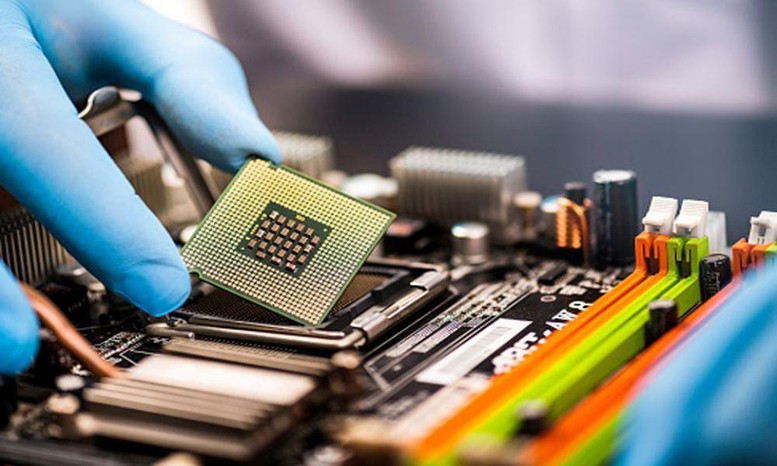
Designing a standard chip takes around two years
The need for a strategic alliance
Experts agree that to ensure technological sovereignty for sustainable digital transformation, Vietnam must foster stronger connections between researchers, policymakers, and technology enterprises.
Resolution No. 57-NQ/TW of the Political Bureau on breakthroughs in science, technology, innovation and national digital transformation sets out the task of establishing mechanisms to encourage public procurement of products resulting from scientific research conducted by domestic enterprises. This is a strategic direction.
According to Mr. Trần Kim Chung, to effectively implement Resolution 57-NQ/TW, we must build a strategic alliance between the state, academia, and enterprises, which is the “three pillars” model.
“At present, we have begun to implement the ‘three-pillar model’ quite effectively… However, developing chips is extremely challenging. Designing a standard chip takes about two years. If we start working simultaneously on all the necessary types of chips now, by 2027 we will have Made by Vietnam chips. Meanwhile, the country’s digital transformation is making rapid progress. That is why every hour saved is invaluable.”
According to Assoc. Prof. Dr. Phạm Bảo Sơn, Vice President of Vietnam National University, Hanoi, linking universities with businesses, knowledge with practice, research with production, and training with the high-quality labor market is a strategy to realize the spirit of “Companionship – Innovation – Development”.
With 42 key laboratories and nearly 20 research institutes and science and technology hubs capable of implementing major projects and addressing Vietnam’s strategic challenges, Vietnam National University, Hanoi has been at the forefront of carrying out the Party’s strategic resolutions, particularly Resolution No. 57 on science, technology, innovation and digital transformation.
At the seminar, Vietnam National University, Hanoi and CT Group agreed to cooperate on four pillars: These include high-quality human resource training, research and technology transfer, startups – innovation, and social responsibility.
An academic institution with a strong tradition of scholarship – scientific research, combined with a diversified economic group pioneering in high technology, smart cities, semiconductors and new energy, is expected to generate new value, enhance national technological capacity, ensure security and autonomy in semiconductor technology, and contribute to the successful implementation of the national digital transformation goals.
Vietnam is now entering a strategic phase of economic restructuring, shifting from a growth model based mainly on cheap labor, outsourcing, assembly and resource exploitation to a new model driven by science, technology, innovation and digital transformation.
Accordingly, chips today are not only a technology product but also a component of national sovereignty. A country that fails to master integrated circuits will face risks, passivity and dependence. With a focused strategy and long-term investment, Vietnam can fully secure autonomy in key segments, ensure technological security, and enhance its position in the global value chain.


